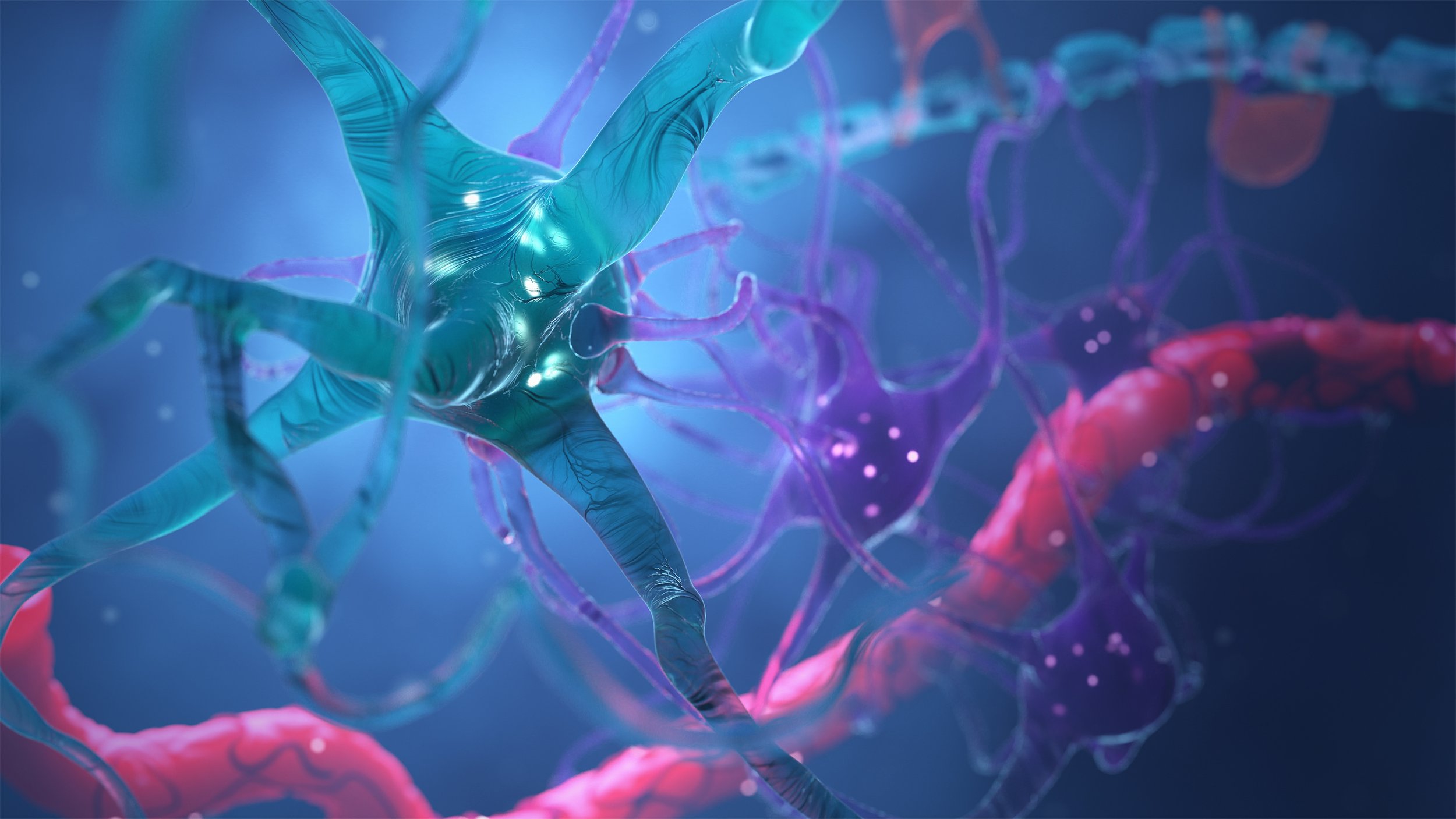
ORGANS-ON-CHIPS
Using a Brain-on-a-Chip to Model Parkinson’s Disease
What if we could study brain diseases on living human cells outside of the body?
Dr. Iosif Pediaditakis had a mind to find out, so he developed a human brain-on-a-chip.
Iosif utilized induced pluripotent stem cells to incorporate blood vessel cells, neurons, astrocytes, and microglia into perfuseable microfluidic chip to model human brain function, blood-brain barrier physiology and uncover novel biomarkers of neurodegenerative diseases.
“The Complexities of Parkinson’s disease require researchers to think beyond the use of animal models. We need to refocus and utilize new human cell-based technologies that more robustly recreate human responses so that we can accelerate clinical translation of life-changing therapies.”
— Iosif Pediaditakis, PhD
Visualizing Iosif’s Research
In conjunction with his submission to Nature Communications, we partnered with Iosif to visualize the interaction of neuronal cells in his brain-chip model.
Final Result
The resulting image displays an immersive in vitro envrionment, and showcases abnormal accumulation of alpha-synuclein aggregates across the blood-brain barrier.
Let’s get started.
Want to discuss your next project, or just get some further information? We'd love to chat.

